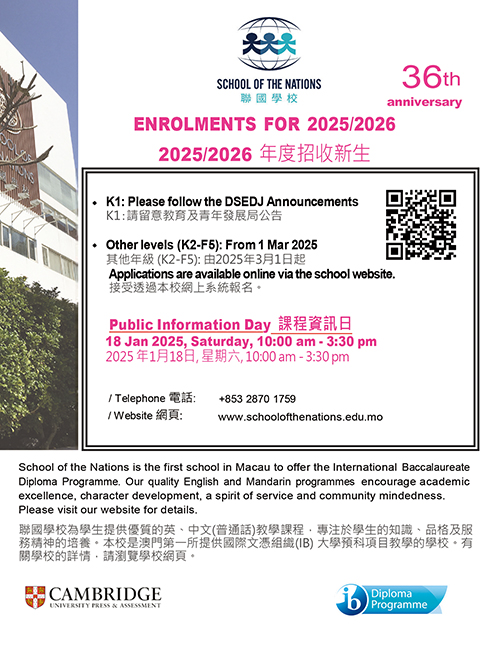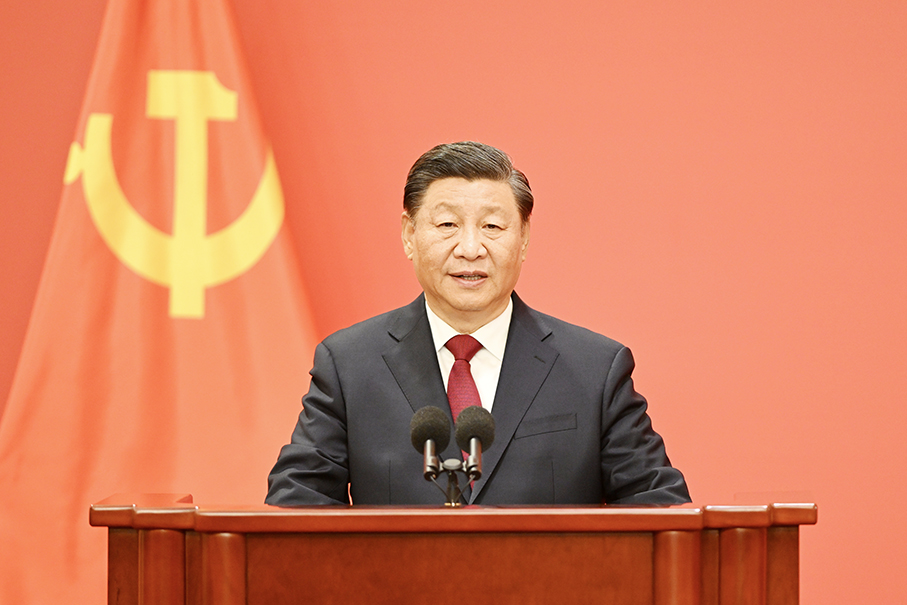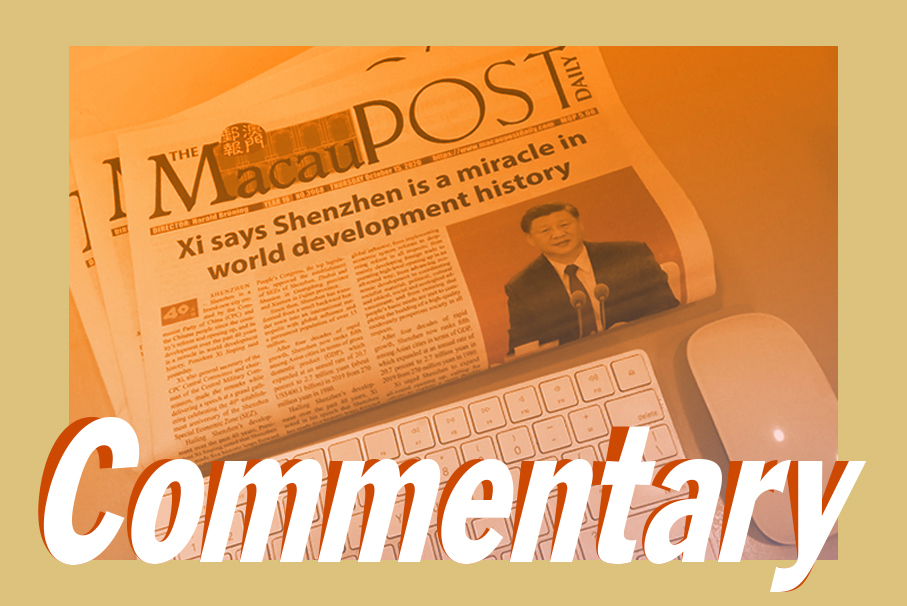China Daily Editorial
The ongoing tour of China by 24 students from Lincoln High School and Steilacoom High School in Washington state will not only provide them with lifelong memories of a country that is widely different from their own, but also demonstrate how people-to-people exchanges can help create a proper atmosphere for the repairing of Sino-US relations.
The students’ 11-day itinerary, which will see them visit Beijing, and Hubei and Guangdong provinces before they return to the United States on March 27, is an opportunity for them to gain a better understanding of both historical and contemporary China. They are to visit iconic landmarks such as the Great Wall and the Palace Museum in Beijing and Wudang Mountain in Hubei, and engage in academic exchanges at prestigious institutions, including Peking University.
This tour is part of a larger initiative on prioritizing cultural and people-to-people exchanges, particularly among young people, between the US and China as agreed by the leaders of the two countries during their meeting in San Francisco in November. The Chinese side said it would invite 50,000 young people from the US to visit China on exchange and study programs over the next five years.
Most of the students have not traveled out of the US before. The palpable excitement they expressed before boarding the plane to China at San Francisco International Airport on Saturday, as well as their heartfelt longing to know more about China, speak volumes of the fact that, unlike some China-bashing politicians’ claim that the US people have seen through what kind of country China is, US citizens generally lack an understanding of China due to the absence of diverse information sources about it.
The firsthand experience of interacting with their peers and people from all walks of life in different places in China can allow the US youths to discover firsthand what the country and the Chinese people are like. That can also prompt them to reflect on their previous views on the nation, if not a stereotyped image of it, that the US information cocoon promotes.
The warm welcome they have received so far from the Chinese people, along with the joys and challenges their Chinese peers share with them about their daily life, should contribute to deepening their understanding of different facets of the dynamic country, which is of a similar size as the US but with a population four times larger, a much longer history, and different culture and social system.
Their experience in China is in stark contrast to the US government’s unfair treatment of some Chinese students in recent years. Quite a few students have been groundlessly detained and interrogated for hours at US airports while trying to enter the country with valid visas for further education, before their visas were canceled and they deported. Also, it is not rare these years for Chinese students and researchers, including those who have studied at US schools and worked at US labs and institutes for a long time, to be subjected to frequent harassment and baseless investigations by US security and intelligence departments.
Despite the negative influences of these Chinese-targeting witch hunts, the Chinese people still maintain a friendly and open attitude toward their US counterparts, and look forward to promoting people-to-people exchanges between the two countries.
The hope and foundation for better ties between the two countries lie in such subnational level relations. China and the US ave established 284 pairs of sister provinces/states and cities, and many more cooperation mechanisms at different levels of schools, institutes, organizations and labs. The more difficulties bilateral ties face, the more these relations should be cherished.
– Courtesy of China Daily








